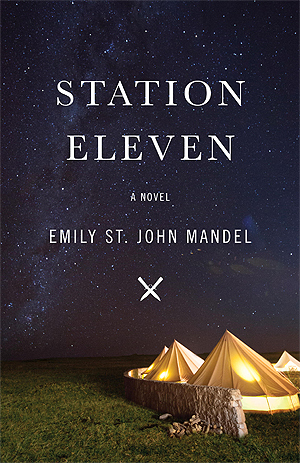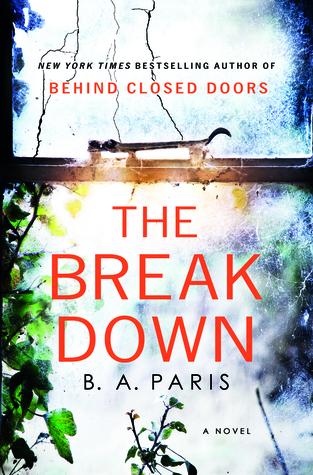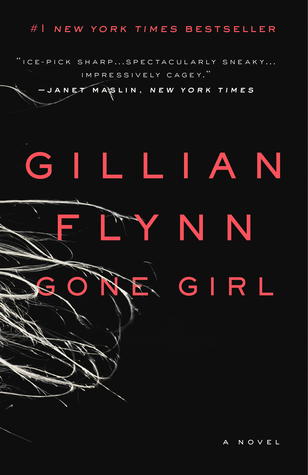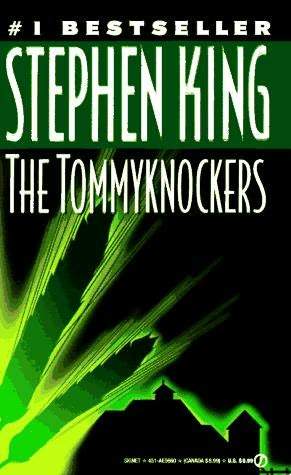“Nightmares and
Dreamscapes”
Written by Stephen
King
Review written by
Diana Iozzia
“Nightmares and Dreamscapes” is a
collection of short stories written by the beloved author, Stephen King. There
are 23 in the collection, and I was pretty pleased with the stories. As with
most of Stephen King’s work, there is a very large range of types of stories
and who would enjoy the stories most. I have always said that his stories fit a
shotgun effect for me, I have to read a few before I find one that I really
enjoy. I loved reading the introduction and the “Notes” sections. His
introductions aren’t that amusing or funny to me usually, but I enjoyed this
one. The “Notes” section always includes little explanations or inspirations
for each story.
I don’t particularly enjoy his short stories
about revenge, so I didn’t like “Dolan’s Cadillac” and its theme, but the
quality of the story was intriguing. A man whose wife was killed by this
horrible man seeks revenge after years gone by.
In “The End of the Whole Mess”, we
learn of two brothers. One brother, Bobby, is a child genius and prodigy, while
his brother, the narrator, Howard, was smart, but lesser in comparison. Bobby
is a flighty person, spending many of his years on his own, learning
interesting things about the world and conducting experiments. One day, he
shows up on Howard’s porch, explaining his new discovery. His discovery is a
form of medicinal chemical that is supposed to stop a volcano from devastating
the south of Earth. When this chemical does not work, many people begin to die.
We read Howard’s narration after he’s put his brother down and is slowly dying
by suicide. This was really sad, but very interesting. I always enjoy a good
science-fiction, alternate future story.
“Suffer the Little Children” follows
Miss Sidley, a boarding school teacher, whose students start to creep up on her
and drive her paranoid. The results of her paranoia and insanity are
heartbreaking. As with most good science fiction / horror stories, this ends
off on a cliffhanger, a strange future to come after the story ends. I enjoyed
this, “Crouch End”, “Home Delivery”, and “The End of the Whole Mess” best out
of the stories in this collection.
“The Night Flier” is a sort of noir
detective story where a man becomes obsessed with following and finding a
mysterious serial killer who drains his victim’s blood during night flights.
This was weird and creepy, but I liked it.
“Popsy” is a creepy, kidnapping
story, where you read through the perspective of the pedophile, which was uncomfortable.
King always has a fantastic habit of making readers feel very unsettled. Not to
spoil the ending, but the characteristics of the person who rescues the little
boy, his Popsy, was an interesting twist.
“It Grows on You” is a depressing
epilogue to King’s “Needful Things”, my least favorite book by him so far. Needless
(no pun intended) to say, I didn’t want to read or enjoy this story. Spoiler
alert, I didn’t enjoy it.
“Chattery Teeth” was a hitchhiker
story gone wrong. I tend to like King’s hitchhiker stories. This was odd, but
enjoyable.
“Dedication” was about a woman whose
son dedicated a story to her. We learn of her not-very-interesting backstory of
her first husband, and then her second husband. Domestic abuse stories aren’t
interesting to me.
“The Moving Finger” came across as a
campfire scary story for adults. A man is haunted by a little finger that pops
up in his bathroom. He’s driven insane by this little finger. It’s comical and
also slightly disturbing. I also enjoyed the characters as well as the story. A
strange, but enjoyable read.
“Sneakers” is about a man who sees a
specific pair of sneakers at work, in the bathroom, and in other places in
public. I didn’t understand this story, and I don’t think I’m missing out.
“You Know They Got a Hell of a Band”
is a great. My father is a collector and big music fan, so imagining my father
finding himself in a rock-and-roll hell was an amusing time. Probably the worst
version of Hell for him, so it was funny to read a story like that. A couple
finds themselves trapped in a small town that turns out to have evil versions
of Janis Joplin, Buddy Holly, and Roy Orbison. This read like a “Goosebumps”
story / “Twilight Zone” story combined. I thoroughly enjoyed this funny but
spooky read.
“Home Delivery” is a really cool
zombie story, but it doesn’t feel at all like a “Walking Dead” type story. I
really enjoyed this science fiction, zombie horror story for many of its
elements. Our narrator, Maddie, is pregnant. We learn of her horrific, abusive
marriage. Maddie lives on a little fishing island, and we start to learn how on
the mainland across the United States, corpses are coming back to life. We have
a mini version of an epic story, where we witness the stopping of the corpses,
her husband come back to life, and we resolve with Maddie becoming ready for
her child to come, in a home delivery of course. This was great.
“Rainy Season” follows a couple who
find themselves on vacation in a strange town where every seven years, killer
toads rain down from the sky. Weird, but pleasant story.
I didn’t understand the story, “My Pretty
Pony”. It first sounded like a predatory grandpa telling his grandson about
life. I have no idea what happened in it.
“Sorry, Right Number” is a creepy
and twisty screenplay, where a mother Katie thinks she is receiving phone calls
from her daughter, who seemingly is perfectly fine and not in danger.
“The Ten O’Clock People” was my
least favorite short story I’ve ever read by King. A man discovers that people
around him are like secret alien / lizard creatures.
“Crouch End” follows a team of
London cops who try to help a woman find her husband who has disappeared. We
read the story in two parts, the cops trying to find the husband and her story
that she tells to the police. I really liked this, but I don’t want to reveal
anymore, because there are great twists and turns.
“The House on Maple Street” follows
the children in a family explore their summer home and also find a way to seek
revenge on their disliked stepfather. This was strange, but I enjoyed it. It
reminded me a little of the books by Lemony Snicket.
“The Doctor’s Case” is a story
written through the perspective of Dr. John Watson, following a case in which
Watson works with Sherlock Holmes. I liked Sherlock Holmes when I was younger,
but this was a trip down memory lane. It was written in the same melodic style
as Arthur Conan Doyle.
In “The Fifth Quarter”, Jerry
Tarkanian seeks revenge for his friend who died. He shows up to make a deal
with Barney’s killers.
“Umney’s Last Case” follows a
private investigator who meets his last client, the author who created him. Then,
Umney finds himself in a worse situation than he began.
I didn’t read “Heads Down”. It
chronicles his son’s baseball season and is practically a diary. “Brooklyn
August” is a poem that coincides.
“The Beggar and the Diamond” is a
re-written Hindu teaching. It was similar to a cautionary tale.













